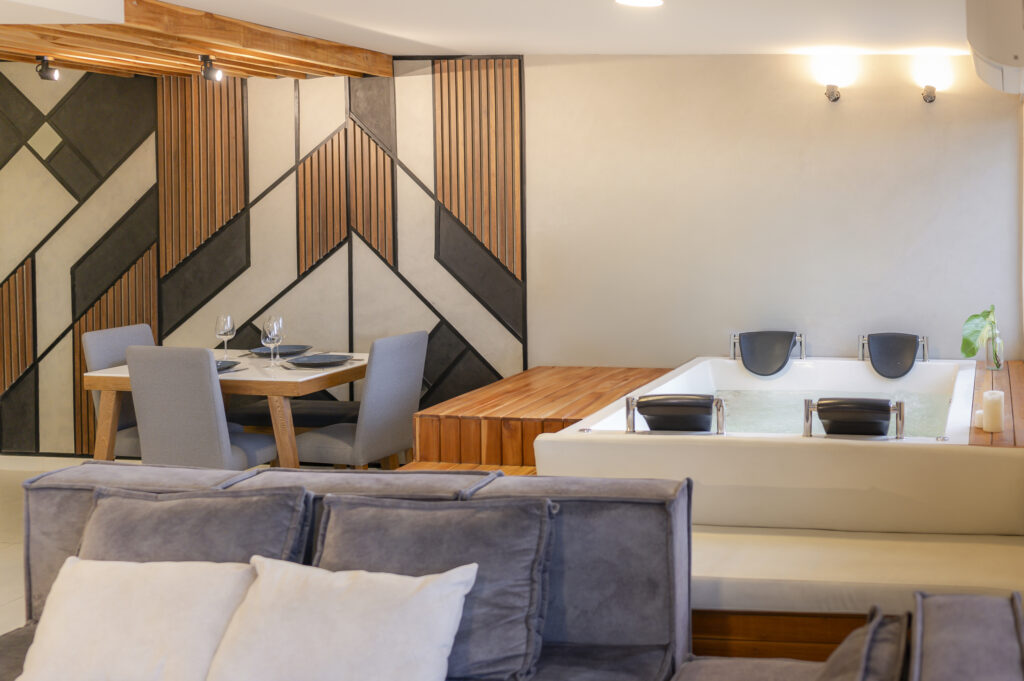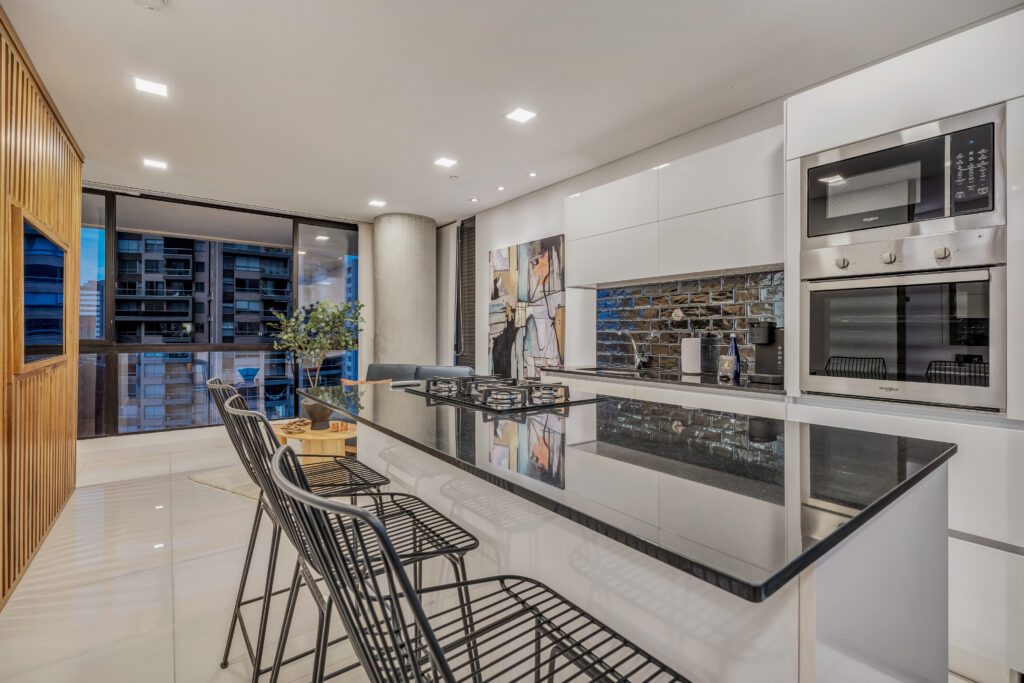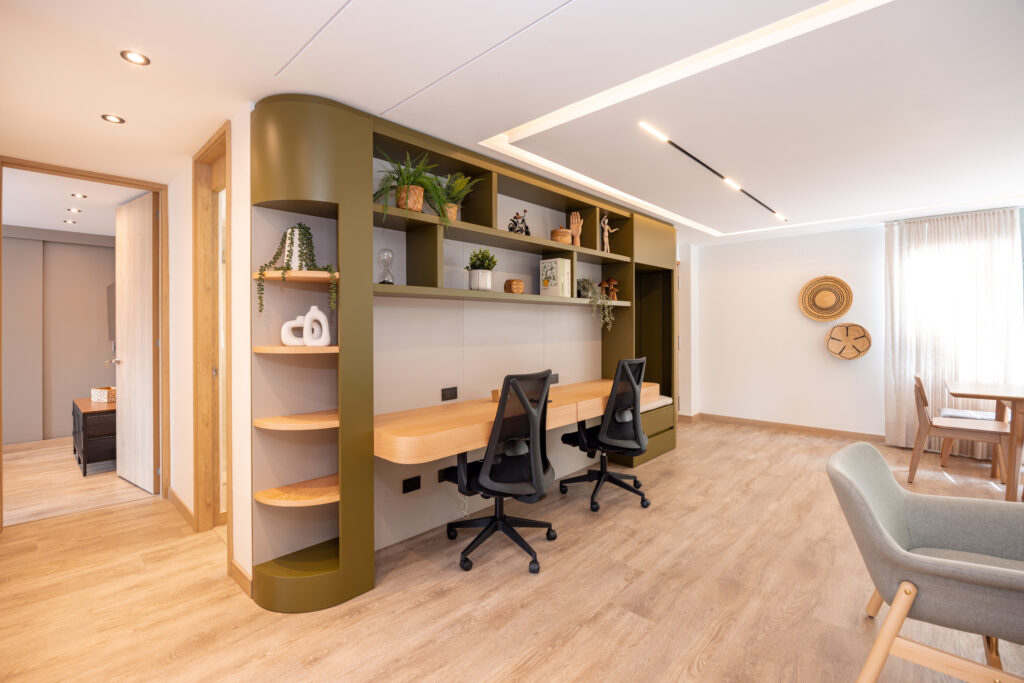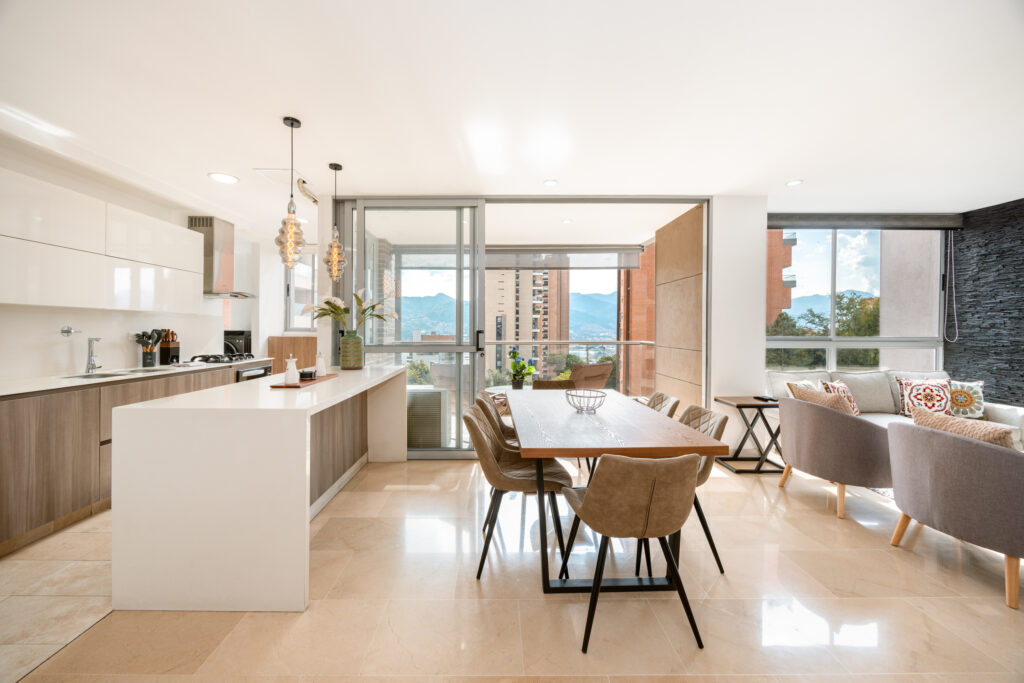TLDR? The Moravia Cultural Center is one of the best-known improvements in the city, located where the Medellin municipal garbage dump used to operate!
Medellin’s a city that has advanced very quickly and achieved many improvements for its inhabitants while promoting tourism.
That’s why it won the “most innovative in the world” award in 2013. The Moravia Cultural Center, a space for art and culture in what used to be a municipal garbage dump, is part of this project.
Continue reading about this place, how it has influenced the Moravia sector, and why you should visit it!
What Is the Moravia Cultural Center?
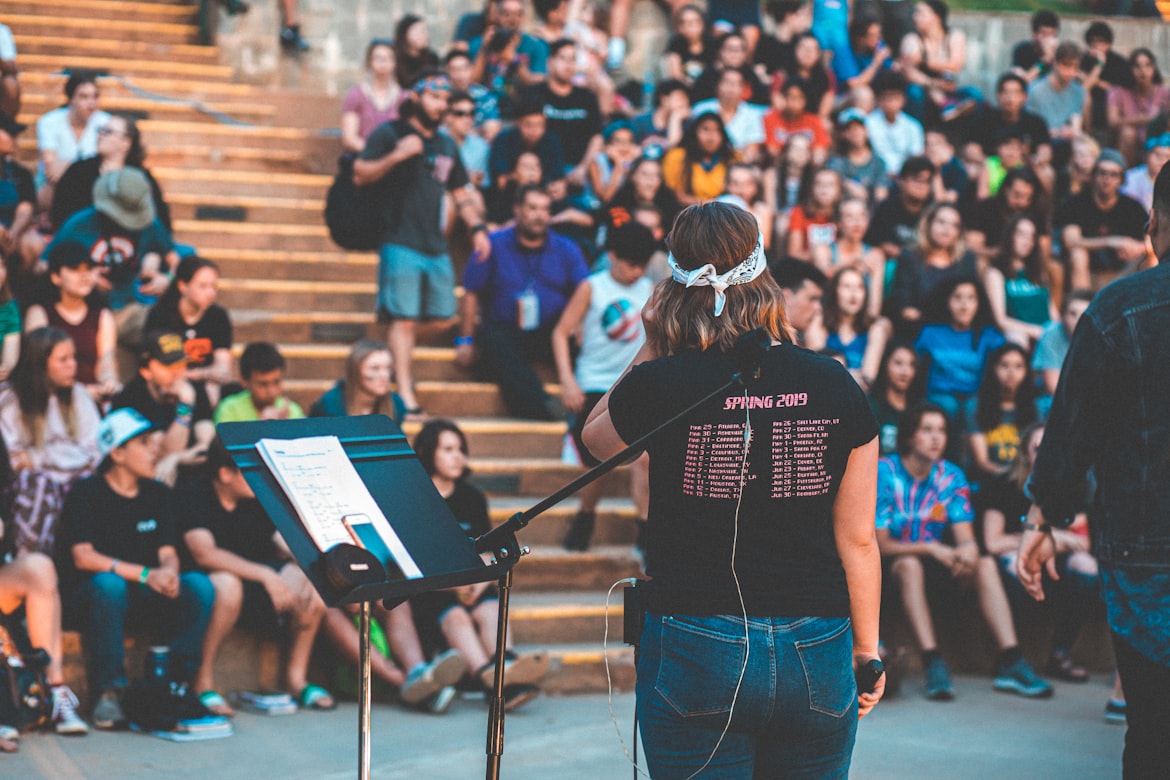
You’ll find the Cultural Development Center of Moravia in the Comuna 4 of Medellin, also called Aranjuez.
It’s a space created to promote art and culture, which has also ensured to offer different alternatives for citizen training.
This place seeks to contribute to the social, economic, and environmental balance through a public-private partnership.
In the Moravia Cultural Center, they seek to manage and promote different fields. Some of them are:
- The circulation of cultural content
- The creation
- Artistic and cultural training
- Environmental Management
- The promotion of reading
- Community management and participation
- The Promotion of Neighborhood Memory
- Communication Management
- Technical and administrative management
Also called “the house of all”, the Cultural Center cares for cultural diversity and integrates vulnerable communities through training new artists.
Where’s It Located and What’s There?

The Moravia Cultural Center has a large house of modern architecture with outdoor spaces for the enjoyment of all the inhabitants of the sector, of Medellin, and tourists, as well as rooms and areas with different functions:
- An auditorium for 300 people
- An exhibition hall
- Multipurpose classrooms
- The School of Symphonic Music
- A dance hall
- A toy library
- 25 soundproof booths for musicians to practice
- An area for CEDEZO (in English Zonal Business Development Center)
Getting there by the metro system is easy: get off at the ‘Universidad’ station on Line A heading north and walk approximately 5 minutes.
Although it’s within a residential neighborhood, it’s very touristy and surrounded by places such as Explora Park, the North Park, the Botanical Garden of Medellin, the University of Antioquia, and Avenida Carabobo.
History of Moravia Cultural Center
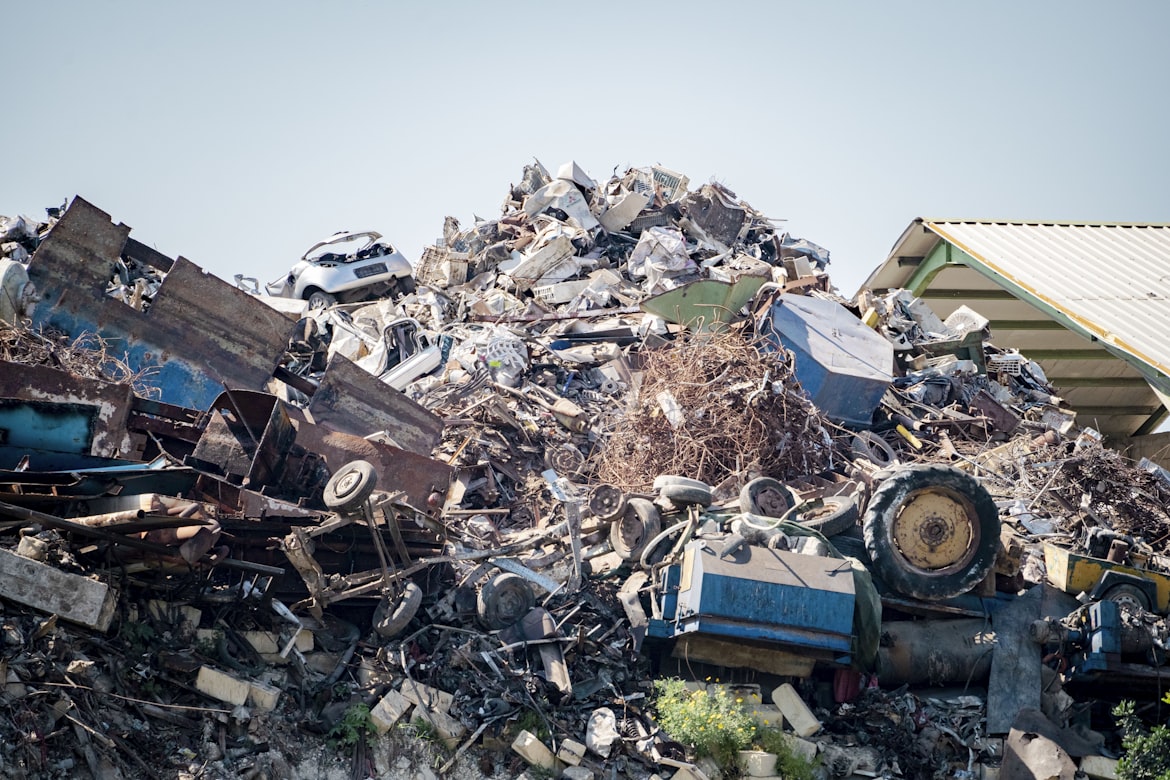
Moravia began as a neighborhood of migrant peasants forced to live in the city and in bad conditions.
This neighborhood was characterized by two hills known as El Oasis Tropical and El Morro, which originated because rubble and garbage were dumped there by the municipality of Medellin.
Until 1984, these mountains reached more than 98 feet (30m) in height and almost 7 hectares of pure garbage, which allowed the people of this neighborhood to live off recycling. However, in that year, Moravia became an intervention area.
The instability of the soil and the toxic gasses expelled by the mountains made the area a public calamity. With the Partial Comprehensive Improvement Plan, the city relocated many families and converted the hills into gardens.
In 2008, the House of Culture came to be, along with other improvements:
- A pedestrian corridor
- The Linear Park of the La Bermejala creek
- Health Center
- The ‘Buen Comienzo’ project for early childhood
What to Expect From a Visit to the Moravia Cultural Center

The journey to this cultural park is like an immersive tourism experience within the streets and neighborhoods of Medellin.
Walking to the Moravia Cultural Center, I found many informal shops offering fresh fruits and regional snacks like empanadas, chorizos, and arepas.
The Cultural Center’s a space very well cared for by the citizens and the people who attend. You can get there by bike too.
Enjoy this space’s tranquility and sit down in their open spaces to read for a while!
Among the projects I saw during my visit were:
- Urban dance classes
- Theater classes
- Writing Workshop
- Percussion classes
- Comic and manga workshop
It’s a place frequented by people of all ages and types.
Visit the Moravia Cultural Center
Moravia Cultural Center is one of the places that demonstrates the improvements of Medellin as a city.
It’s recognized for its architecture and social, cultural, and educational contribution to this city’s sector. Be sure to visit this place!
If you like this blog, you might like our Casacol Instagram page to keep up with all the new articles. Anything we need to update or correct? Care to contribute? Email us at blog@casacol.co.

